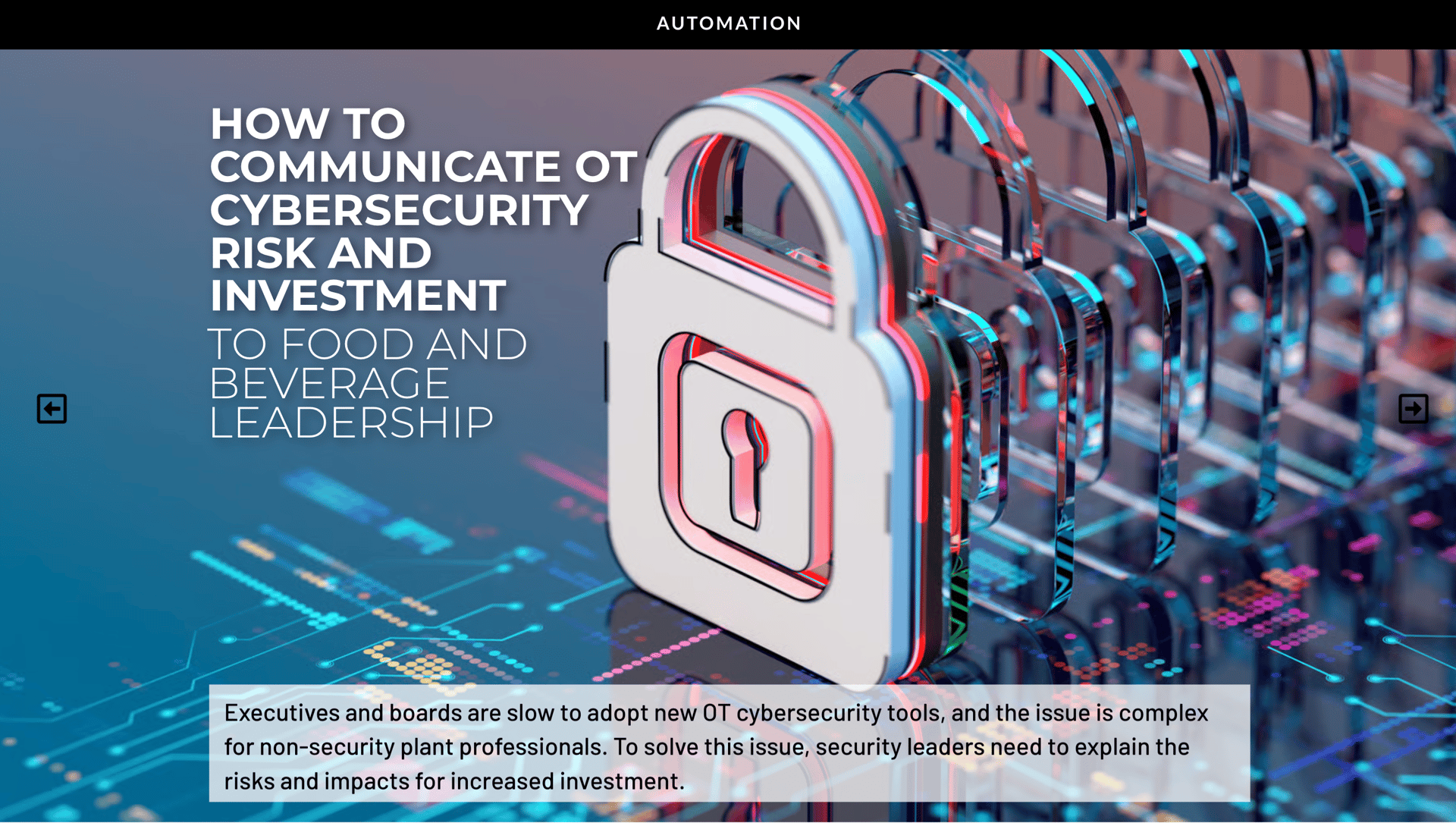Vision/Inspection/Detection
Changing Consumer Attitudes on Sustainability
Today’s vision systems are more powerful than their earlier counterparts, and many processors choose to use vision, X-ray and metal detection systems to meet regulatory demands and ensure quality.
Plan Vision System Upgrades Carefully
Vision inspection systems serve many purposes — from verifying printed label and date information, spotting missing or malformed caps/closures to monitoring product quality (e.g., color, defects, shape). As “extended vision systems,” X-ray inspection systems inspect internal contents and validate fill levels and confirm component presence/absence within sealed packages — to name a few.
To prepare for increased regulatory scrutiny and improve food safety, some food and beverage companies are employing both systems plus metal detection systems, aiming to have zero defects in quality and food safety.
Knowing when and where to apply these technologies is a big decision for smaller and medium-sized companies with limited budgets, but considering that a recall could potentially put a company and brand out of business, upgrading or installing new systems may be a given. Integrating these systems can be a challenge — both from an architectural/space requirement and a system integration standpoint. We look at some basic rules-of-thumb for upgrading existing inspection systems to installing new equipment.
Upgrading Makes Sense
Over the past few years, inspection systems have undergone significant improvements. New high-resolution camera technology, improved inspection and identification tools, and even deep learning AI models have been introduced, providing improved quality and an expanded scope for deployment. The image quality and inspection tools on modern systems are a night-and-day difference from 10- to 20-year-old systems, says Andy Buteyn, senior vision engineer at Gray AES.
“As we see with cell phone technology, cameras have improved in terms of size, resolution and speed,” says Tom Wright, general manager at SPI Automation, member of the Grote Company Family of Brands. The advantages offered by technology that’s faster and more accurate are numerous. That would be one reason to consider either updating or replacing an older system. An updated or newer system offers a smaller footprint and better lighting; another reason is the increased focus on food safety.
And don’t forget the controller. Your controller has the same issues as your vision system does: it ages, is no longer supported, and so on, Wright adds. “If you’re in a situation where your control system needs to be upgraded, that should be a consideration in your vision upgrade.”
With a newer system, current quality inspections can be replicated and improved, but additional inspections can be deployed to collect more detailed information, such as packaging or product measurements, text skew, color or material uniformity scores, Buteyn says. This information can be collected, stored and examined over time for production trending and future improvements.
“For end-of-line manual inspection of individual products, a camera system can be used before packaging to identify broken or low-quality products and redirect them to a reject station for manual verification or remove them from the process completely,” Buteyn says. Additionally, shipping inspection camera systems can read the UPC on every unit put on a pallet to ensure the correct products are where they need to be. This is especially useful in a mixed pallet application. If integrated into an ERP or shipping distribution system, this vision system can also help scan shipping labels to ensure the right pallets are getting to the right trucks.
Unlike older systems, AI models and smart cameras allow a fast and efficient way to deploy inspections. These new systems take example images of good and bad products and can “learn” from these images what to flag as a defect or concern.
The decision to update an inspection system can be determined in part by looking at the current false reject rate or known quality issues. If the system is continually allowing suspect products to pass or overidentifying good products as bad, it could be time to look into a newer system, Buteyn says.
Using New Features
“Generally, when we speak with a long-time vision inspection system user, they’re usually surprised to learn just how far the technology has come,” says Yuegang Zhao, KPM Analytics chief commercial officer. “We are seeing a trend towards more companies embracing the recent advancements in the field today.”
When deciding new or upgrading, processors should ask whether their current system meets their needs, Zhao adds. “If there are new features, they can take advantage of or new measurements they want to make, then they may consider a new system. If it’s just a hardware or software upgrade, that’s a much simpler decision and investment.”
Updating a machine vision inspection system allows a food processor to utilize new technologies both from a software and hardware perspective, says Tena Thambiaiah, solutions engineer at Peak Technologies – Machine Vision. The improvements in hardware technology, such as 3D sensors and GPUs, allow for much faster processing and a higher quality of inspection. This will create a faster inspection cycle, allowing the production line to run faster, as well as a better accuracy of the inspection itself. The availability of deep learning also allows for inspections that were previously not available — such as the quality of a fruit. Current technologies can be utilized to look for defects in a product such as missing chunks in chocolate bars, print quality on a label, the shape of a potato chip, etc.
X-ray Systems — Beyond Vision
X-ray systems let users see things they can’t with vision, and thus, both X-ray and vision systems are becoming the norm at end-of-line inspection stations, which often use metal detection as well. While we’ve focused on getting new and junking older vision equipment, Eric Garr, regional sales manager at Fortress Technology, reminds us that with a bigger investment in X-ray inspection systems, inspection performance can be improved and data capture can be added to older systems. “Fortress Technology’s ‘Never Obsolete’ guarantee allows customers to access the latest food safety software features without buying a new system. This helps to ensure processors are aligned to the most current food safety standards and practices. The benefits of these upgrades include advances in data logging, reporting and communications, as well as software that can improve detection sensitivity and reduce false rejects.”
By Wayne Labs
La Huerta installed a VERYX optical sorter from Key Technology on its IQF vegetable processing line. VERYX finds and removes all kinds of foreign material, as well as product defects, to help achieve food safety and quality while reducing labor and improving yield. Photo courtesy of Key Technology
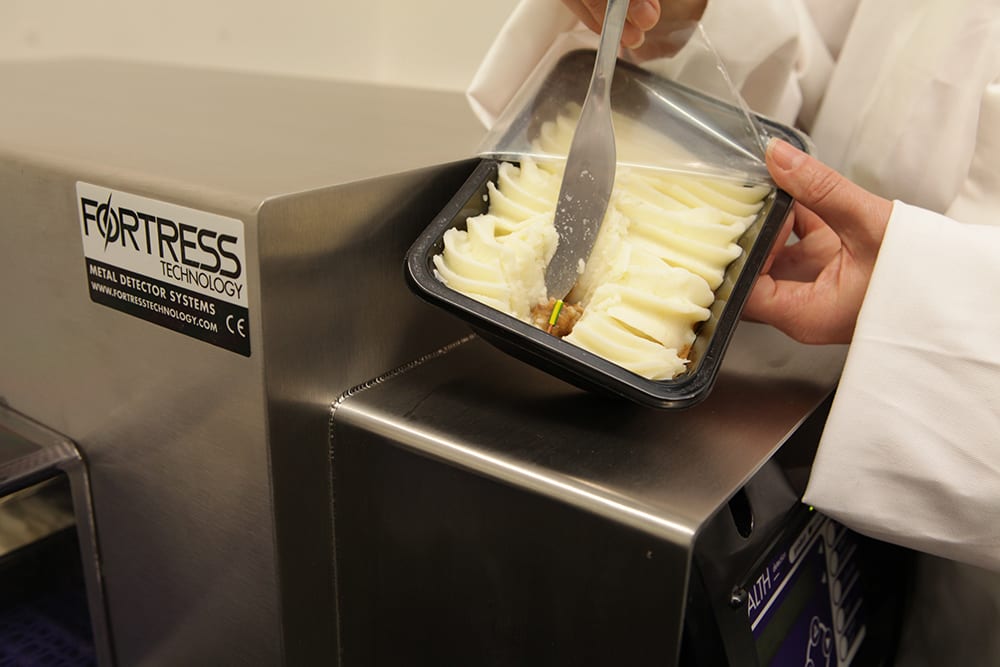
Upgrading technologies is generally recommended when specific needs arise, such as meeting new retailer requirements, improving the inspection performance in difficult applications or adding features like data capture. In this case, a metal detector at the end of line locates a wire fragment. Photo courtesy of Fortress Technology
Another benefit of the Fortress modular — yet customized approach — to machine integration is production lines can be retrofitted to incorporate smarter food safety solutions, Garr says. For example, X-ray systems are increasingly requested to provide a non-destructive form of testing and quality control, with many retailers now mandating them as an additional safeguard. These systems can identify possible quality control issues that other technologies may miss. For instance, the Icon X-ray inspection system can detect a wider range of contaminants, including metal, glass and certain plastics. While not explicitly vision, Fortress metal detectors are highly sensitive and efficient at detecting metal contaminants missed by X-ray. Both technologies complement each other and can contribute to reducing food waste, improving audit compliance and streamlining production processes, Garr says.
Planning Space Requirements for New Systems
If you’re already considering upgrading or replacing your inspection system, it makes sense to reevaluate the entire system — including controls and conveyance — to understand your full footprint needs, says SPI’s Wright. Some vendors offer this system integration (SI) capability (as does the Grote Company Family of Brands).
Don’t Wait to Call a System Integrator
Involve an integrator early. There’s no cost to consult with an integrator. They’ll give you their perspective. It’s unfortunate to come into a situation where there’s been a failure. Seeking an integrator’s perspective beforehand helps processors save time and money.
It’s important to look for a reputable integrator. Make sure specifications are defined and clearly understood before beginning a project.
For example, we worked with an ice cream manufacturer that struggled with its automatic palletizing system. Their efficiency rate was down to about 30%. There were frequent backups, downtime and recirculation inefficiencies due to layout and programming problems. The company worked with the vendor (another integrator) to address these issues for nearly two years without a resolution. To make matters worse, the vendor departed without resolving the problems, leaving the manufacturer frustrated and overwhelmed.
The company was referred to us. Through programming updates that adhered to best practices and standardized code, SPI improved the company’s sorting, robot performance and integration between its conveyors and robots, as well as addressing pallet tracking. We stationed at least one engineer on site until the issues were resolved. The ice cream producer’s efficiency rate jumped from just 30% to 95%.
Because SPI resolved the issues by updating the programming, it was able to work on a time-and-materials-based billing structure, meaning there was no major upfront fee.
— Tom Wright, general manager, SPI Automation, member of the Grote Company Family of Brands
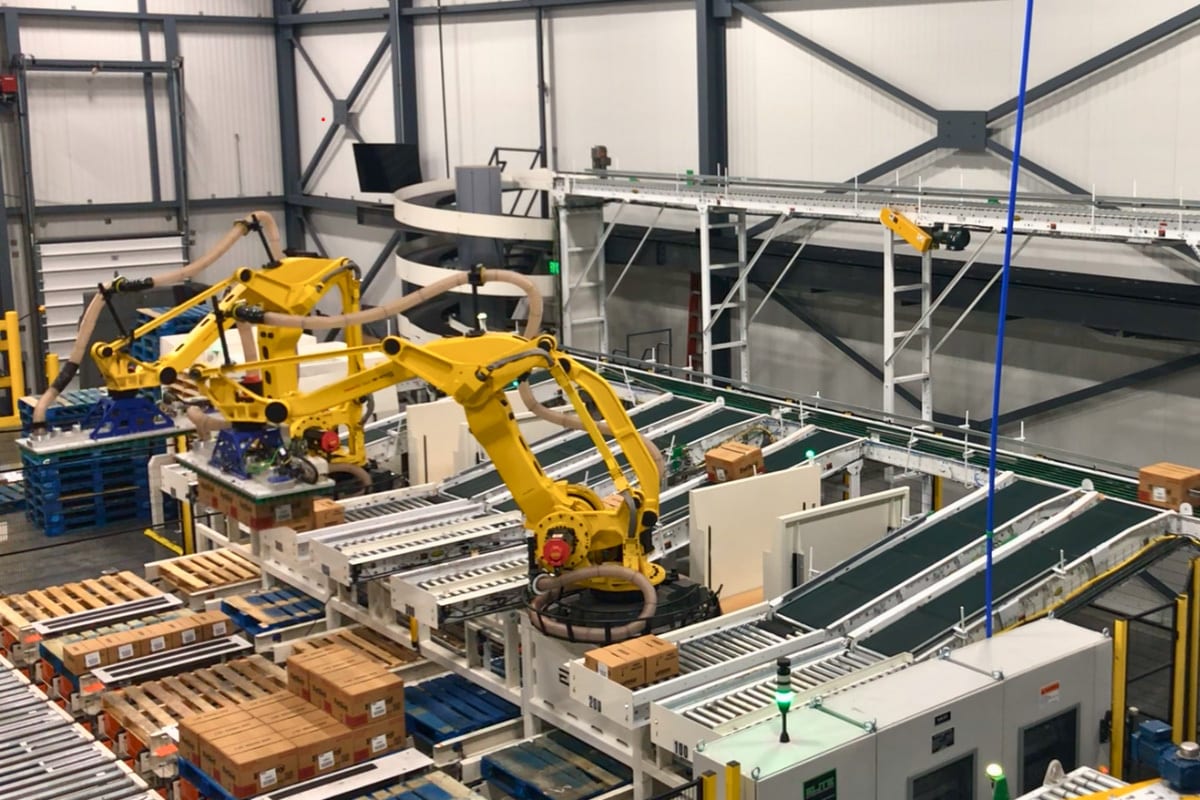
SPI Automation worked with an ice cream manufacturer to help increase the efficiency of its automatic palletizing system. Photo courtesy of SPI Automation
It is possible for newer vision systems to take less space than legacy vision systems. According to Nick Francone, senior engineer/project lead at Actemium Avanceon, a Control System Integrators Association (CSIA) certified member, the processor can almost always plan on requiring less space for an upgraded vision solution compared to an existing solution that is performing a similar action.
However, Francone says, “Planning out the space requirement and confirming design specifications should still be paid close attention to avoid any last-minute surprises upon installation.” Even if it will likely take less space to install a new vision system, there are possible situations where the new system takes up the same amount or even more space. That may be more likely to occur if the new system is performing actions that are largely different than the existing vision system.
As the trend in combining inspection equipment evolves, the main benefit to the end user will be more technologies together fitting in a smaller space, says Fortress’ Garr. Standalone metal detector systems may be slightly more compact with innovative system designs built around the search head, but the metal-free zone must still be respected. Dependent on the application, X-ray is certainly becoming more compact as new, more efficient sensor technologies emerge, allowing for same or better imaging performance with a lot less X-ray power. Less power means less shielding required and more compact design opportunities.
Most camera systems have become smaller, but there are still large systems that have been introduced that would be worth the extra size, says Gray AES’s Buteyn. Some new technologies may not be “bigger” but may occupy space in different ways, such as new mounting hardware, cable management and routing. Additional lighting systems or shrouding may be required to prevent shadows or inspection variability due to external environmental factors.
Certain rejection mechanisms may have different space requirements, too, says KPM Analytics’ Zhao. “Let’s take, for instance, a piece of raw bread dough leaving a dough former on its way to a proofing chamber. If the vision system spots a misshapen ball of dough, the user may only need a section of the belt to retract or bend down for the rejected product to fall onto a reworking conveyor. But if a foreign material is spotted, then an entirely different rejection method may be needed to remove that dough ball entirely from the processing line, so the foreign material is not again reworked into the product. The more rejection methods there are, the more complicated the line can become, too.”
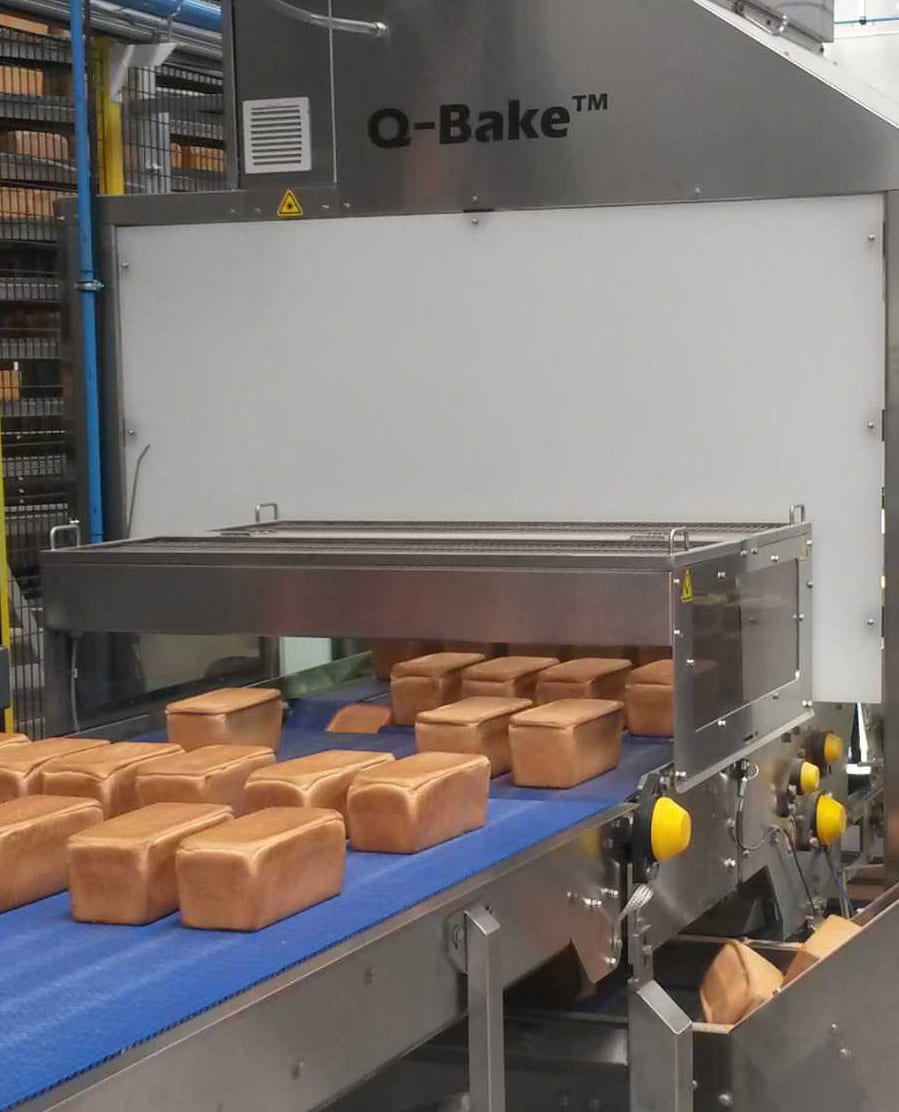
Rejection is an important component to consider when integrating or upgrading a vision inspection system. You can see a loaf of bread toward the middle dropping down a conveyor, then the conveyor on the right side of the image sends the product to the discard bin. Photo courtesy of KPM Analytics
These types of systems are called vision process control (VPC) technologies, Zhao adds. VPC systems are installed in areas that are typically difficult to have a human spotter (for example, before and after ovens or fryers). Also, VPC systems are generally over-line systems without integrated rejection, which takes much less space.
Then there are final product inspection (FPI) vision technologies, which serve as a final check of products before they are packaged. With rejection and complex camera systems, these systems may take more space.
Integrating New Systems with the Old
We briefly noted before that upgrading a vision system without upgrading an associated control system can be problematic. Simply, legacy control systems are much more limited in their functions and capabilities compared to newer control systems, Francone says. This is often a much more important consideration when integrating industrial vision, since many vision systems in food manufacturing facilities also include integration with the MES infrastructure as well as process controls. It’s the control system that acts as the “middleman” between the MES and the vision system.
“As a systems integrator, we have found ourselves in positions where we had to integrate new vision systems with older control systems — and the shortcomings and setbacks were certainly noticeable,” Francone adds. “Much time and additional effort was required, in our specific case, to implement the necessary integration with the plant MES system via this obsolete control system.” However, Francone says for integrating new vision systems with modern control systems, the effort is more straightforward and less time consuming.
In most cases, if an existing inspection system is in place, an upgrade will not require a large amount of additional programming or I/O requirements, says Gray AES’s Buteyn. Modern inspection systems support standard communication protocols to send inspection data and images back to a system controller or PLC, file server and data historians. They can also have built-in I/O for a dedicated trigger or output to tell the line to reject or stop.
Most vision systems still support all traditional communication protocols such as Modbus, TCP, Ethernet IP, etc., says Peak Technologies’ Thambiaiah. In addition, many of these systems are now able to utilize additional protocols such as HTTPS, MQTT, etc. This allows for the information to not only be shared with the current controls, but also to be shared with an ERP or WMS system.
Two things make upgrading easier. First, access to expandable I/O hardware is one of the most beneficial aspects that can support line integration between equipment. Second, common communications ease the task. Utilizing common and industry accepted communication protocols, such as OPC UA and Ethernet/IP, provides those with established data reporting processes the opportunity to manage their own data collection, Garr says. With these solutions by Fortress Technology, data tags defined by each food processor are converted in real time to an internal business database. These could be pulled into enterprise resource planning (ERP) or other structured plant monitoring systems, providing valuable oversight to support flexible production.
There are two core ways vision inspection systems can integrate with equipment at a plant, says KPM’s Zhao. First, a vision system can interface with a processing line’s PLC. Based on the vision data trends, the hardware can automatically trigger process adjustments such as changing oven temperature, line speeds, coolers and other similar applications.
Second, the vision system software can interact with factory automation software via OPC UA communications for data collection and analytics. Examples of factory automation software include WINSPC, InfinityQS ERP, Freshabilityand others, Zhao adds. The vision inspection data may uncover certain trends at the plant level to improve food safety and process control.
Zhao describes another approach to integration. “We have also worked with OEMs to develop custom applications for a plant’s unique processing equipment. For instance, we worked with a tortilla counting stacker machine company to integrate our vision system with their machine. While our technology automatically inspects the tortillas for quality defects and foreign materials, the counter stacker will count the tortillas to ensure consistent product within each package.”
Getting Up to Line Speed
Based on the food processor’s line speed requirements, the appropriate hardware can be selected, says Peak’s Thambiaiah. It is common practice to plan for a system that can handle the current line speeds as well as future line speeds. This allows the installation of a machine vision system without the fear of having to change it in the future.
The issue of vision systems keeping up with line speeds is something systems integrators face often when installing or upgrading new vision solutions, says Avanceon’s Francone. He suggests the following basic steps:
- First, understand existing line speeds — especially minimum and maximum
- Select vision hardware and software to fit the application and keep up with line speeds
- Configure system parameters such as processing time and plan for position of trigger sensors
- Select lighting solutions
- Determine line speeds and processing times
- Test line speeds — minimum and maximum: Understand system performance at all line speeds
- Document all changes, work and data
If line speed maximums are planned to be changed on a line with an already installed vision system, the manufacturer should consider that vision system performance may be impacted by this change, Francone adds. The systems integrator or appropriate personnel at the manufacturing facility should ensure testing is done before the official change is made to the production line, so it is confirmed that the vision system can keep up with this new line speed.
“We understand that needs can change after installation and have processes in place to scale inspection capabilities to meet growing throughputs,” says KPM’s Zhao. This may require additional cameras, rejection methods and computing power, but it is all customized based on the user’s unique needs. The more a customer needs their vision system to do, the more space and technical requirements may be needed.
A good rule of thumb is that around 20% of I/O or hardware space should be left open, says Gray’s Buteyn. The deployed system should be robust enough to operate in its midband capability range. Hardware should not be strained to keep up, and inspection parameters or tools should be available to ensure future improvements can be easily developed.
Test, Test and Test
Whether you are looking to install a brand-new vision system or upgrade an existing system, one of the biggest lessons I have learned is the importance of testing. Test early, test thoroughly, test with real-world product (not just “close enough” samples) and test with the intention of making the system fail — so you can further error-proof it to ensure peak performance. Testing will bring a lot of errors and issues with the system to light. After time spent making adjustments, retesting, making more adjustments, resting some more — and so on, a new vision system will emerge that has the full capability to show night-and-day differences between its performance and the performance of the system it replaced. The latest technology used for vision inspection is quite impressive, and with the ever-growing world of AI, it is only getting more advanced and more capable of handling complex applications more efficiently than before.
In the world of industrial vision, it is usually nearly impossible to achieve an absolutely perfect system. However, in my experience with industrial vision in food and beverage facilities, with enough detailed design, clear requirements definition, rigorous testing, expert setup and configuration, and monitoring of performance as the system is started up, modern vision and X-ray inspection solutions are the most impressive and value-adding investments a manufacturer can implement in its facilities. FE
—Nick Francone, Senior Engineer/Project Lead, Actemium Avanceon, a CSIA Certified Member

